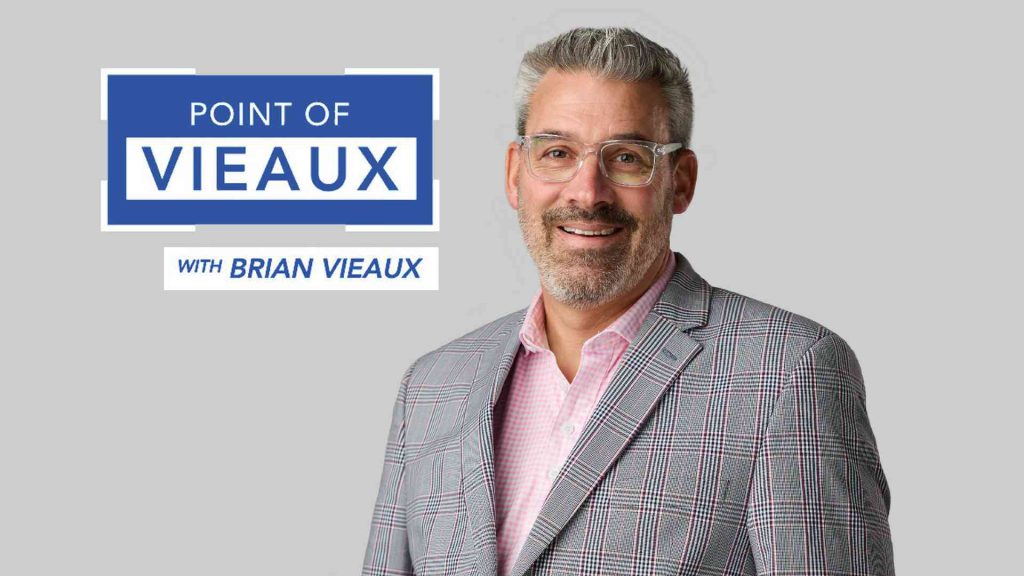Across the United States, Hispanic homeownership is growing at a record pace. Fueled by young first-time homebuyers, the rate has continuously increased since 2014, reaching 48.4% in 2021. Looking at data from the 2021 State of Hispanic Homeownership Report provided by the National Association of Hispanic Real Estate Professionals (NAHREP), it is clear that this demographic will continue to drive the housing market over the next several years.
In 2021, the median age for all first-time homebuyers was 33. With nearly two-thirds of the Hispanic population aged 40 or younger, the growing market of Hispanic homebuyers are in their prime homebuying years. However, many Hispanics continue to face obstacles to entering the market. The majority of Hispanic homebuyers turn to mortgage companies over banks for a home purchase loan, so mortgage lenders are well-positioned to help Hispanic consumers overcome entry barriers and guide them towards homeownership with a digital strategy.
Addressing affordability
Typically, Latinos are concentrated in areas experiencing high-cost markets and face housing inventory and affordability challenges. Housing underproduction severely worsened from 2012 to 2019 in areas heavily populated with Latinos. Three of the states that experienced some of the highest home price increases year over year in July 2022, according to CoreLogic, Florida (prices up 29.6%), Arizona (prices up 21.4%), and Texas (prices up 17.8%), are home to over a third of the U.S. Hispanic population.
Affordability challenges were most prevalent in areas with a large discrepancy between median Latino household income and median-priced homes. The median Hispanic household income was $55,658 in 2021, yet residents of the states where home prices were the highest also earned above the median household income and attained a higher than average homeownership rate.
Opportunity: Reframing home price increases to show prospective Hispanic homeowners that this also equates to increases equity can show that homeownership provides financial benefits that can lead to generational wealth and advancement for Hispanic families.
If Hispanic homebuyers are provided with financial tools to help them to build credit, they can qualify for better terms. A prospective homebuyer who increases their credit score to qualify for a conventional loan with a 3.5% down payment is less reliant on low down payment products, which traditionally have higher interest rates.
Overcoming financial illiteracy
Financial education plays a prominent role in the Hispanic population’s challenges regarding understanding the mortgage and home buying process. 2022 U.S. Census data shows that 51.7% of Hispanic households rented compared to 25.4% of white households. With financial literacy and education on homeownership often being passed down generationally, the disparity in homeownership rates contributes to the cyclical nature of home-renting.
Opportunity: The most popular social media networks to post financial education content to Hispanics aged 18-49 are YouTube (85% usage), Facebook (72% usage), and Instagram (52% usage), according to Pew Research. Check out these top personal finance and mortgage channels on YouTube for inspiration on becoming a finfluencer.
Advising self-employed Hispanics on how to document their income
The Hispanic population has a 9% higher rate of self-employment (15.5%) than the non-Hispanic population. This increase in self-employment has led to significant wealth creation, where self-employed Hispanics make five times the income of the rest of the Hispanic population. However, 46% of self-employed Hispanics reported that owning a business made it more challenging for them to purchase a home, according to NAHREP.
Opportunity: As 41% of self-employed Hispanics believe alternative sources of income require more or additional documentation, and 34% believe they need a higher credit score or down payment to qualify for more loans, there are opportunities for mortgage originators who educate Hispanics on the eligibility requirements for a mortgage to gain their trust and business.
Reducing the high rate of mortgage denials
In 2021, Hispanics who submitted purchase mortgage applications were denied at a higher rate (12.5%) than the overall denial rate (9.3%), even with similar financial histories. Hispanics with low down payment savings are often encouraged to apply for FHA loans, yet they face a higher denial rate (14.4%) for this loan product than conventional financing (11%).
Opportunity: Hispanic homebuyers need to be educated on the benefits of building their credit to qualify for a conventional loan. Providing financial tools, including an affordability calculator, will enable them to see the impact of having a higher credit score can improve their purchasing power and lower the interest paid over the term of their loan.
FinLocker can help mortgage lenders narrow the homeownership gap
According to Freddie Mac, 40.8% of Hispanic adults who don’t have a mortgage have the credit characteristics to qualify for a mortgage. Like many first-generation homebuyers, prospective Hispanic homebuyers often require more guidance from loan officers and real estate agents to understand their potential for homeownership.
FinLocker provides an inclusive solution to assist the 8.3 million Hispanics aged 45 and under who were mortgage ready and the 3.4 million near mortgage ready in 2021 to achieve and sustain homeownership. Mortgage lenders can private-label their FinLocker app to help prospective Hispanic homebuyers improve their financial literacy and qualify for a mortgage.
First-time homebuyers can utilize the Home Affordability calculator to receive a homebuying budget that suits their income and the amount they should save for their down payment and closing costs. They can do a quick readiness check to see how close they are to qualifying, then use the DIY tools to build and monitor their credit, budget and save to pay down debt to reduce their debt-to-income ratio. A robust collection of educational resources on credit, the mortgage process, and homeownership are available in English and Spanish.
FinLocker also provides a data-driven readiness assessment when homebuyers want to track their real-time progress towards readiness. When they’ve achieved readiness status, they can present themselves to their sponsoring originator or lender with their identity, credit, employment, income, and assets verified inside their FinLocker.




